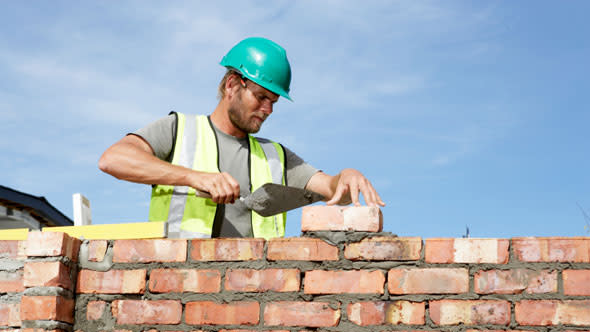Expand your home with a side extension

Pic: Getty
Many period buildings in the UK, particularly Victorian or Edwardian properties, are situated beside a narrow outdoor path running along the side of the house. Yet this outdoor space, which is too small to be part of the garden, could be put to better use as an extension.
In many cases, a side extension will increase the value of the property, but even if it does not, you and your family will benefit from a larger, airier and lighter room from what was once a dingey pathway. Here's how to get started.
Related Searches
What will it entail?
Expanding the side return of your house means that the external wall alongside the path will be removed. A steel beam is put in its place, ensuring the structure above is sound, and a new external wall and roof is built along the boundary. Skylights in the new roof will ensure there is a good supply of daylight within your extension.
The neighbours
Though side extensions often don't require planning permission, where the planned building work runs alongside the boundary with your neighbour's house or garden, you will have to comply with the Party Wall Act. Notice of the planned extension must be served on the adjoining neighbour at least two months before work starts. If there is no response within 14 days or your neighbour objects to the extension, a party wall surveyor must be employed to draw up an agreement between both parties. Your neighbour is also well within their rights to employ a different surveyor, and it is likely that you will be liable to cover the cost.
Planning
As previously mentioned, many side extensions don't need planning permission, but it is essential that you are covered by permitted development (PD) rights if you plan to extend. Even then, there are restrictions as to what you can do. A side extension must, for example, be single storey and must not exceed a maximum of 4 metres in height, or a 3 metre-eaves height if within 2 metres of the boundary. Those living in a conservation area should be particularly careful, as side extensions are not permitted on 'designated land'.
To be on the safe side, visit www.planningportal.gov.uk where you will find an Extensions Guide, and check with the local council as to your particular circumstances and any restrictions that might apply.
The work
Employing an architect to help plan your extension will not only give you a good sense of what you can and can't do physically, but can also be a great help when it comes to the planning process. Should you wish, they will also be able to act as project manager, and source the necessary contractors for the work. Alternatively, look for a reputable building company that will organise the whole thing for you - but do check that they are trade association members. The website www.fairtrades.co.uk can help in the search for a reliable firm, while other online resources such as Check A Trade may offer further peace of mind. A side return extension usually takes in the region of two to three months to complete.
The cost
How much your extension costs will clearly depend on how big it is and how high-spec your plans. Whatever you hope to achieve, though, it won't come cheap. Expect to pay anything from £25,000 to £70,000 for the process to be complete, and it goes without saying that you should get two or three different quotes from building firms to ensure that you are not over or underpaying.
While it certainly is a big chunk of cash to find, bear in mind that any extended space is an investment. It may well add value to your home in monetary terms, and if not, that light-filled family kitchen or luxury bathroom will undoubtedly be worth the effort.
Have you built a side return extension on your property? What advice would you give to others? Leave your comments below...



